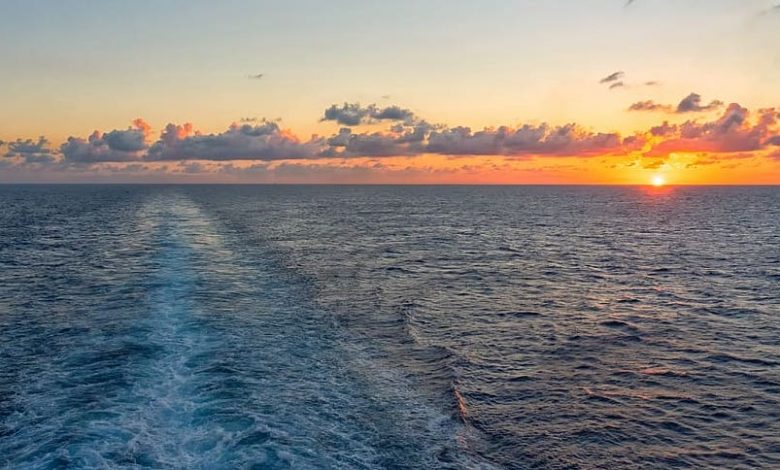Warning on carrying Kalimantan coal

Jakarta: The West of England P&I Club has recently been advised by consulting scientists and engineers Dr J H Burgoyne and Partners (International) Limited that the number of incidents involving the self-heating of coal cargoes loaded in Kalimantan is increasing. In the past two years Burgoynes have dealt with 23 such cases, 10 of which have taken place in the last three months.
Low rank (geologically immature) coal, such as loaded off Kalimantan, is particularly susceptible to self-heating and may spontaneously combust if loaded at a temperature in excess of 55°C. Shippers and local suppliers have sometimes delivered coal to vessels off Kalimantan at a temperature close to this figure. Coal awaiting shipment is often stored in barges close to the anchorage areas where it may be exposed to strong winds and rain. Such conditions may promote self-heating, and barges containing coal with a temperature exceeding 55°C have sometimes been encountered.
However, not all operators appear to be aware of the risks and some vessels have only identified the problems after the cargo has been loaded. Once on board it is not easy to remove the coal due to the lack of discharging facilities in the region.
In accordance with the club’s bye-laws, members are required to notify the managers before agreeing to carry a cargo of Kalimantan coal to ensure that they are fully acquainted with the risks beforehand and so that any concerns regarding the contractual terms of carriage may be addressed.
The club urged members to inspect the cargo ashore and in barges prior to shipment, to reject cargo which is too hot or otherwise unsafe and to have heating or unsafe cargo removed from the vessel. Members may also seek to preserve rights of indemnity against other parties in case they incur liability or loss as a result of shipping a self-heating coal cargo.
Members are also required to appoint a surveyor at the load port to provide assistance to the Master.
The surveyor should be instructed to check that no significant self-heating problems are evident, confirm that the coal is suitable for loading, verify that all arrangements aboard the vessel are satisfactory and ensure that the measures for testing cargo space gas concentrations and cargo temperatures are in order and meet the applicable provisions of the International Maritime Solid Bulk Cargoes (IMSBC) Code. The instructions should also require the surveyor to assess the apparent condition of the cargo and make suitable recommendations to the Master as to whether the mates receipts and bills of lading should be claused.
Failure to fulfil either of these requirements may prejudice cover.
In order to avoid problems of self-heating during the voyage and possibly while loading, the temperature of the cargo should be checked beforehand. Although not required by the IMSBC Code, an infra-red thermometer is an ideal tool for this task, the club suggested.
Vessels should also reject cargo exhibiting clear signs of self-heating such as barges containing smouldering coal.
During loading the holds should be sealed if a delay of more than an hour is anticipated. On completion of loading the cargo should be trimmed reasonably level to the boundaries of the cargo hold to prevent the development of fissures. Fissures increase the surface area of the cargo exposed to the air and thereby the risk of self-heating. Each hold should be closed immediately on completion, and hatch sealing tape may be applied to the hatch covers as an additional precaution. Only natural surface ventilation is permitted, limited to the absolute minimum time necessary to remove any methane which may have accumulated. Any vents that lead below the level of the cargo should be sealed as the introduction of air into the body of the cargo may promote self-heating.
The IMSBC Code states that personnel should not enter the cargo holds during the voyage due to the presence of methane and the possible hazards of toxic carbon monoxide gas and the depletion of oxygen if the cargo starts to self-heat. If it is essential to enter a hold, self-contained breathing apparatus must be worn and enclosed space entry procedures followed. [26/08/13]
